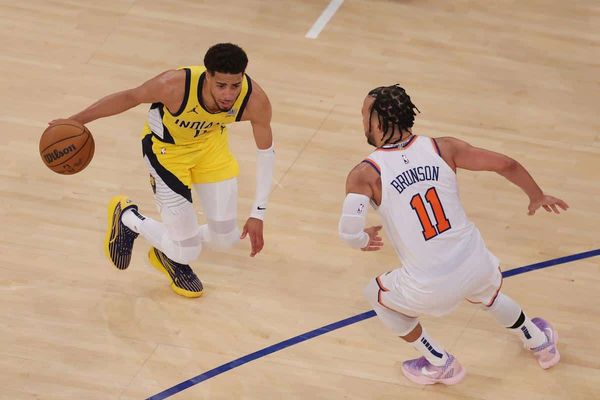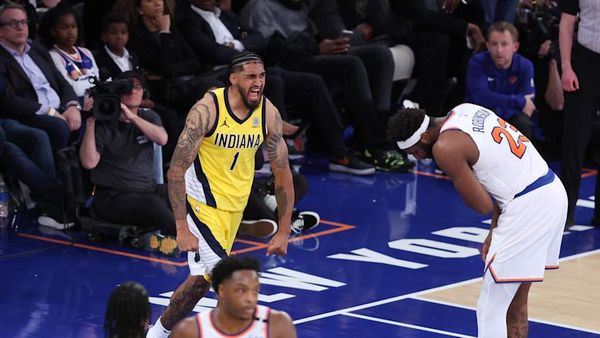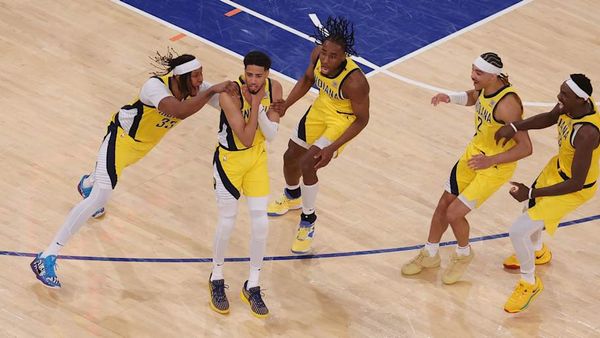Kids' TV needs more working class and LGBT characters, a study claims.
Entertainment aimed at preschool children is guilty of poor representation, which "shapes the perception" of children watching it, insists children's app company Hopster.
The study, entitled Is TV Making Your Child Prejudiced? criticised PAW Patrol for its gender balance, while My Little Pony was said to display negative class steryotypes. It claimed that children's cartoons and TV shows don't fairly represent black, Asian and minority ethnic (BAME) characters, the LGBT community, disabled people, women, and the working class.
Nick Walters, founder of Hopster, said: "Many shows aimed at preschoolers are entertaining and educational, but it's clear from our research that stereotypes still creep in.
"It's so important that kids from all types of families see themselves represented in the shows they watch."
Researchers examined 50 popular children's TV shows, but said only 9% of what they saw showed any working class characters. Instead, children's TV was filled with mansions and palaces.
The report said this lapse is "demonstrated in My Little Pony, where the unintelligent, 'working-class' goat characters are given strong Southern US accents".

Disability was on screen in 16% of the shows, and when it did appear, it was often seen "negatively". And LGBT characters showed up just 7% of the time.
Only six shows out of 50 had BAME lead characters, and the rest of the time, non-white characters were used in a "tokenistic" way.
The report claimed that a third of content viewed perpetuated gender stereotypes, such "boys who fight" and "girls who are image-orientated".
One example used was PAW Patrol, "where, although all equally capable, there are only two female dogs alongside the five male leads".
But does it really matter if kids are watching diverse TV shows or not at such a young age? Child and educational psychologist Laverne Antrobus thinks it might.
She said: "Preschoolers as the next generation need to view programmes that invite them into a world where the rich layers of difference are celebrated and crucially seen within their favourite programmes.
"Parents need to be mindful of the content their kids are watching, as seeing themselves and others reflected on screen will nurture their sense of a society in which everyone is represented and can feel they belong."
Hopster's report also cautioned against negative portrayals of "nerds" as wearing glasses, and single mothers as incapable, which it said happened in Fireman Sam.
Content on streaming services and YouTube was found to be worse at representation than more traditional media.
Parents have been urged to be aware of what messages their children are receiving, and warned that dated content such as Tom And Jerry - with heavily stereotyped African American character Mammy Two Shoes - is still available.
Warren Kirwan, of disability equality charity Scope, said: "Children's TV has the potential to shape the attitudes of the next generation, which is why it's so important that it gets diversity right.
"It's particularly worrying that when children's programmes do show disability, it's often in a negative way.
"We hope children's TV producers will explore disability in a positive way, and create more diverse characters which reflect the lives of disabled children."
Hopster is an app designed for the under-sixes, designed to "educate and entertain".







